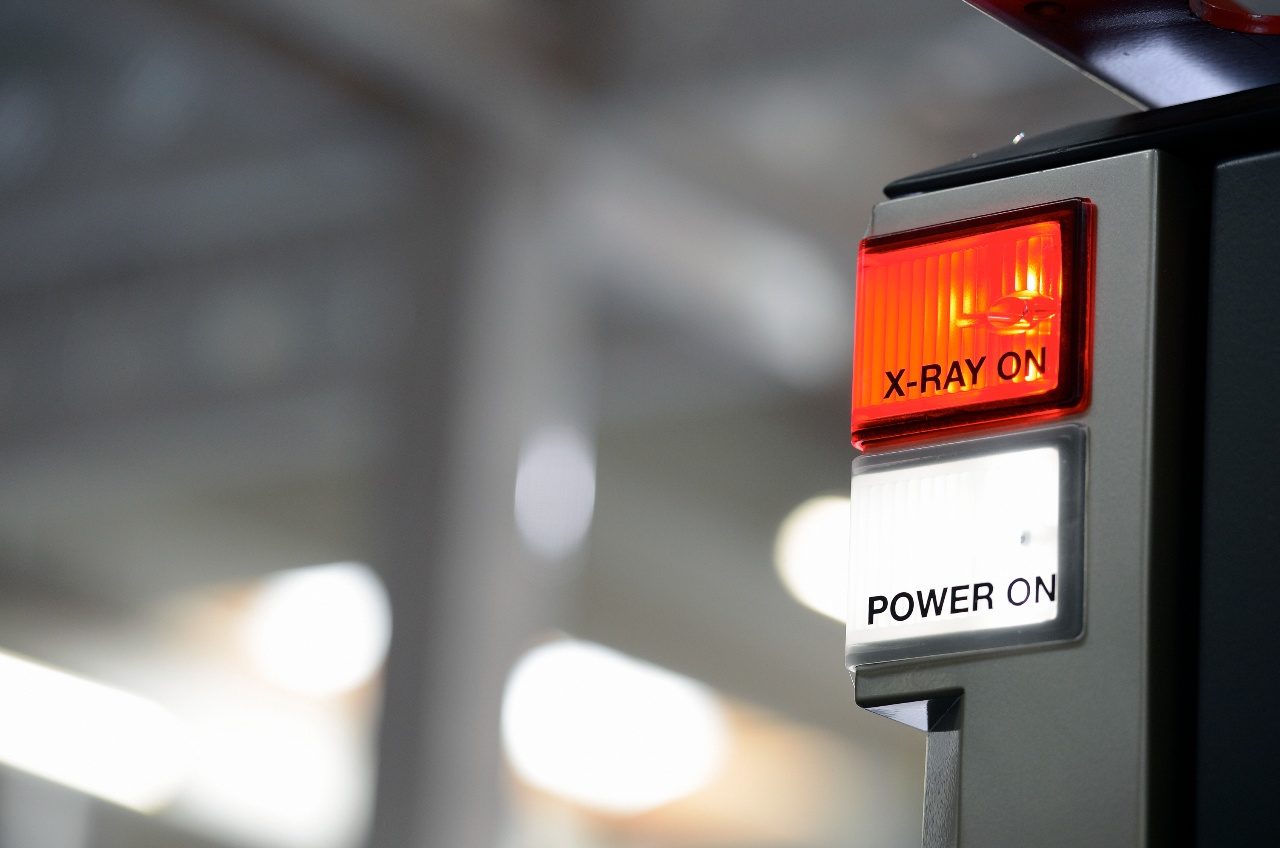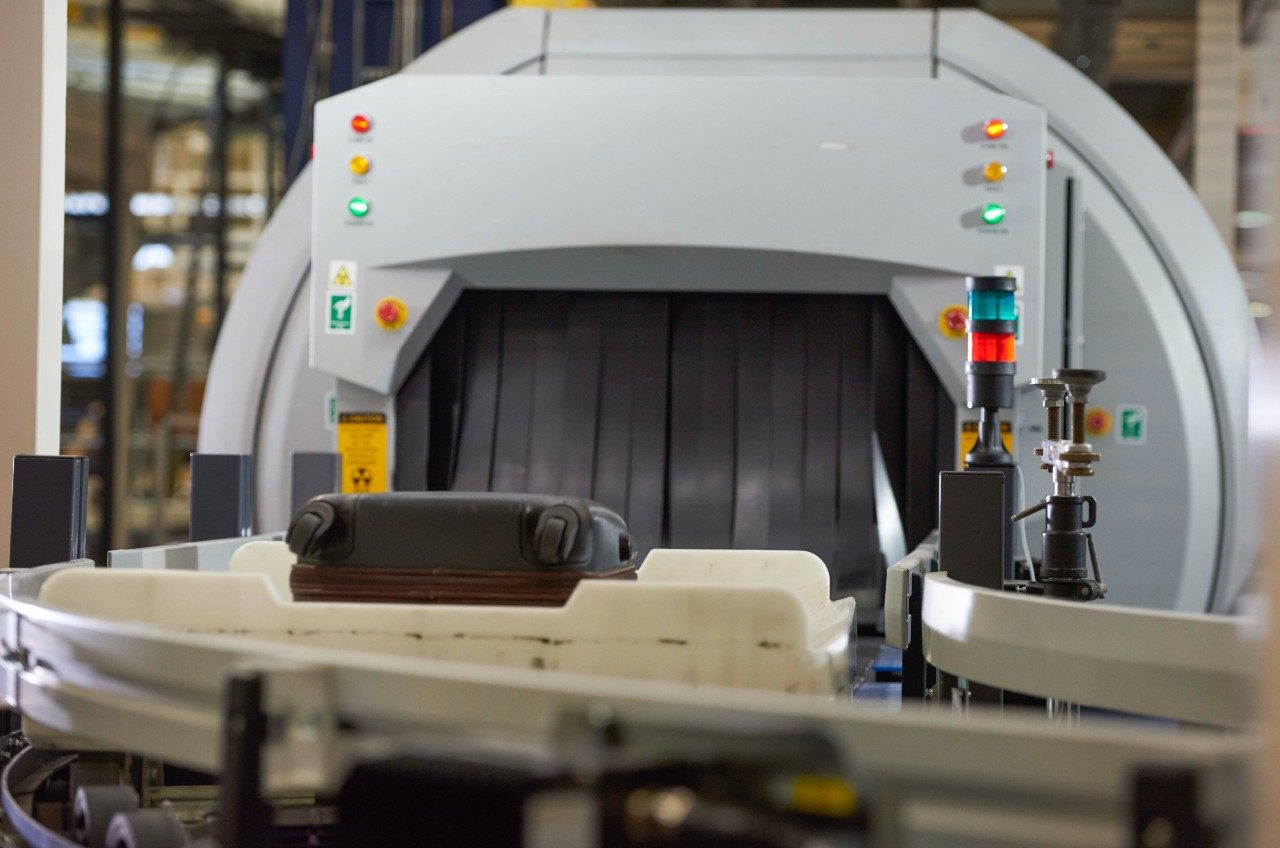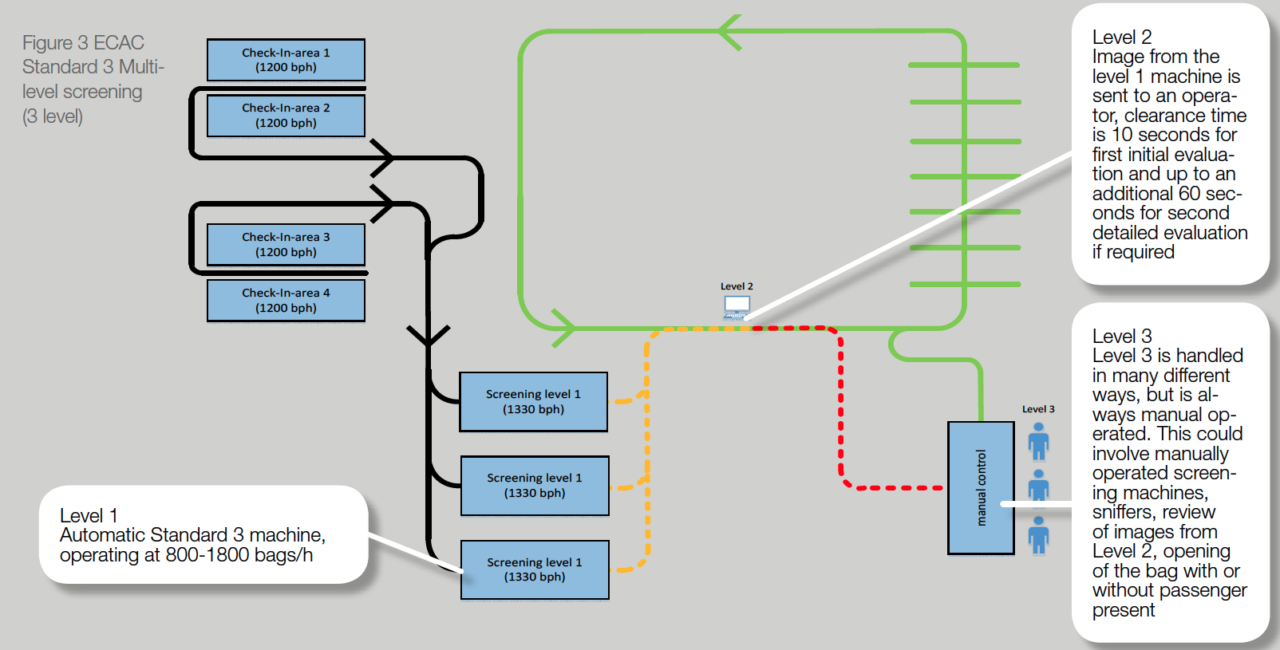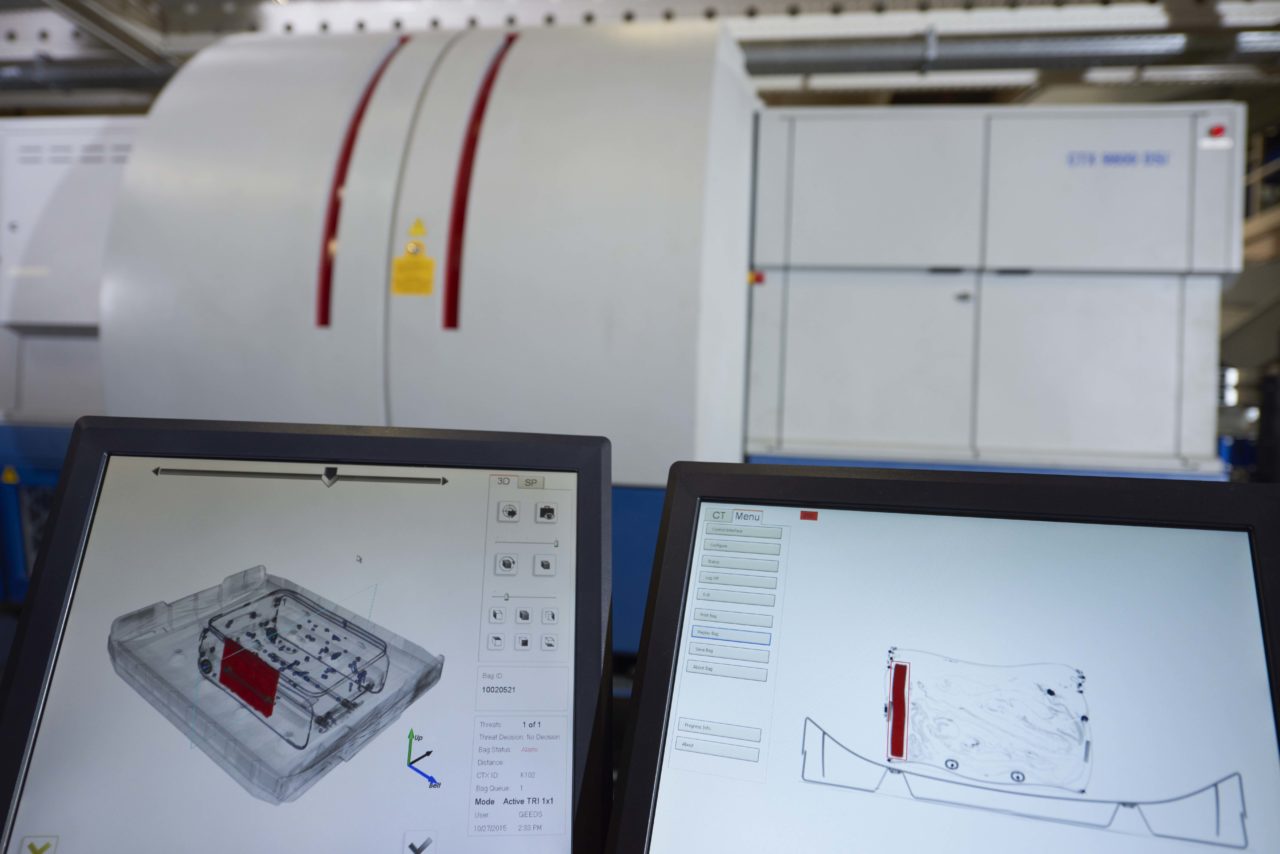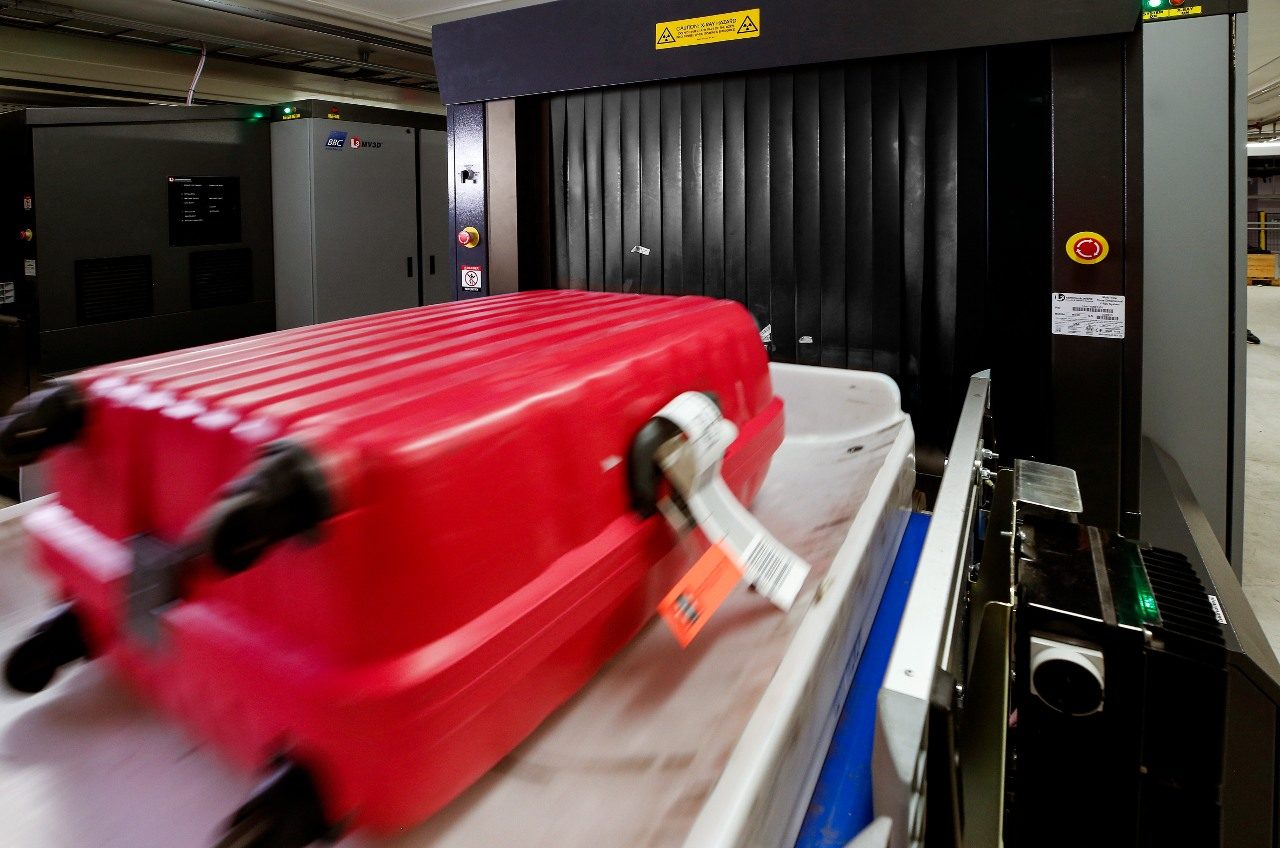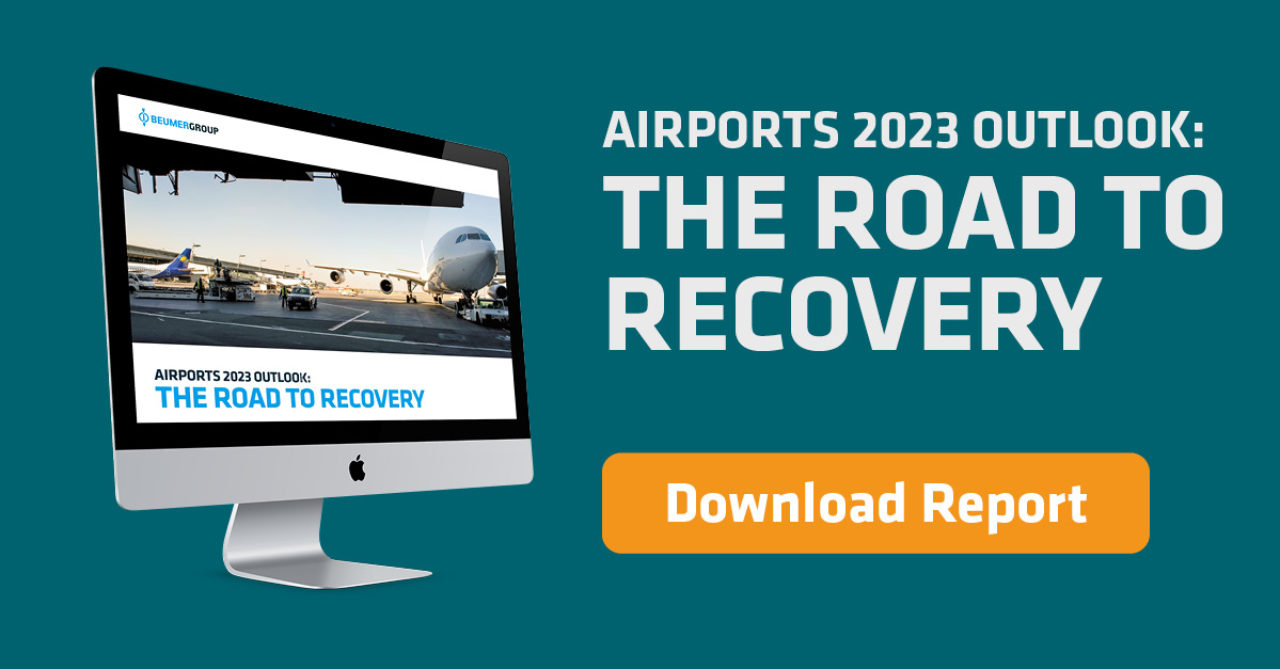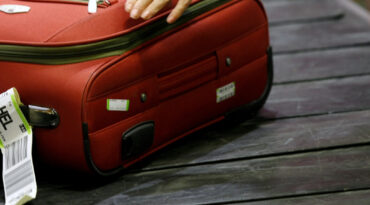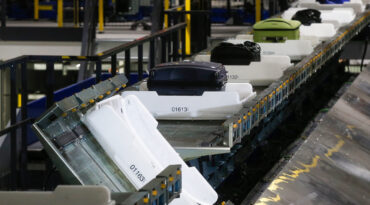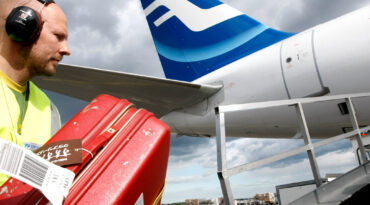In San Francisco Airport’s Terminal 1, for example, a recent redevelopment program involved the consolidation of five independent baggage handling systems and 15 CTX checked baggage screening machines into one centralised screening matrix. A consolidated system allows the airlines to share the cost of using a single system, and also provides more efficient and flexible operations for the airport, airlines and screening. As in any common-use terminal, flexibility is critical.
What a well-designed baggage screening system entails:
- It will be able to cope with the maximum throughput capacity of the BHS. Achieving the right system design will offer a fast and easy baggage flow management.
- It will balance loads between redundant routes, ensuring use of available Explosive Detection System (EDS) resources, keeping the number of screening machines to a necessary minimum and leading to an opportunity for reduced CAPEX.
- It will provide an opportunity to reduce the OPEX, by optimising the complete baggage handling maintenance, for example. Costs may also be lower when the airport includes scheduled HBS maintenance as part of the overall preventive baggage handling system maintenance.
- ICS-based technology (where each bag is handled on an individual carrier, such as a tote, cart or tilt-tray) also adds to the capacity as it doesn’t produce tracking failures or jams which normally slow down capacity. In addition, if you add a CrisBag solution to the equation, 100 percent tracking will be added to the BHS itself.
Read more: “5 ways to reduce costs and improve operational efficiency in baggage handling”.
Security upgrades and renovations are difficult to do in a live environment. For some airports, COVID-19 shutdowns and lower capacities may be the perfect time to integrate the new technology required by ECAC Standard 3 or by TSA for use in US airports and for US pre-border clearance.


